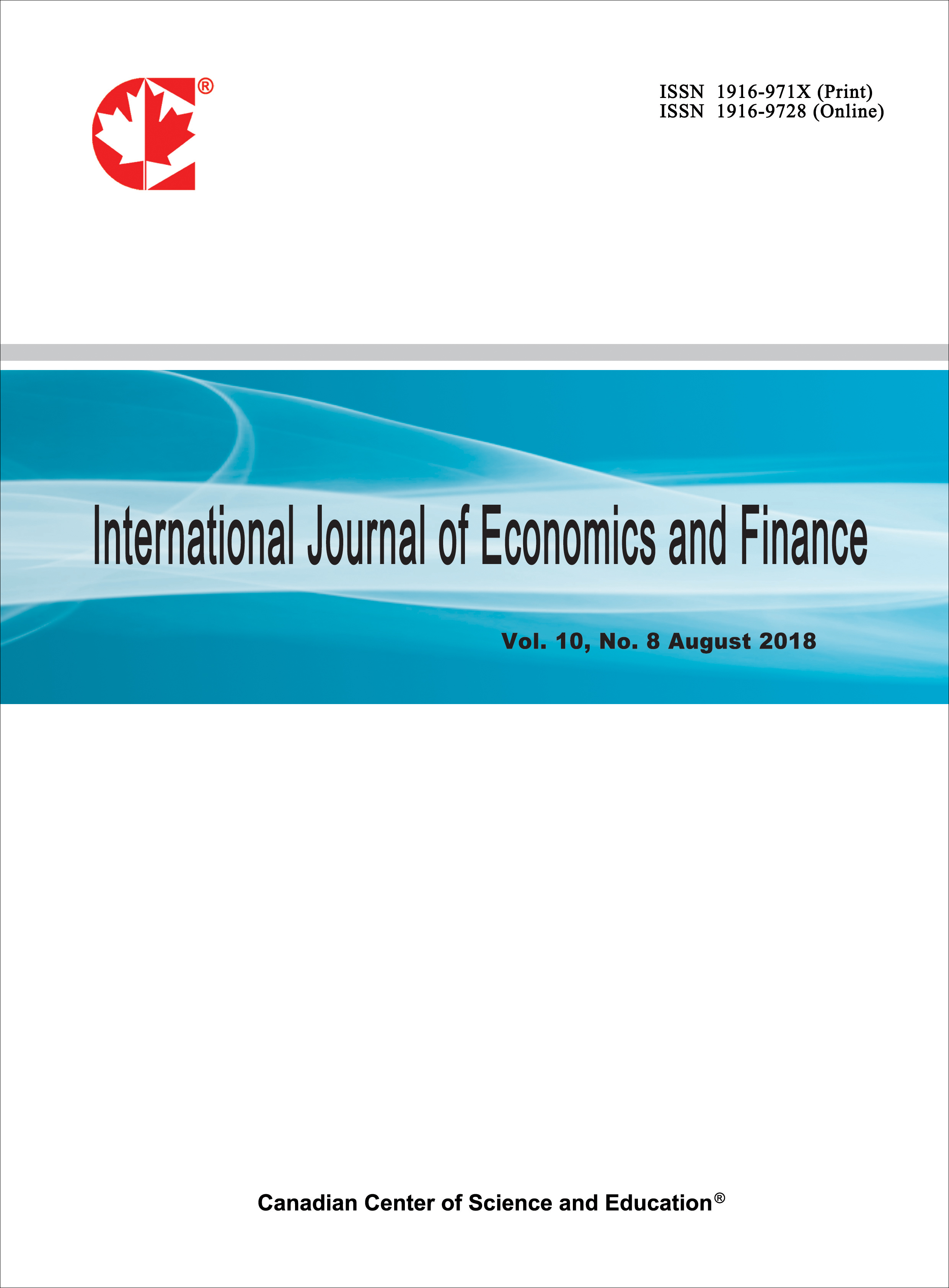Real Wage Rigidity and the Empirical Pertinence of the Hybrid New Keynesian Phillips Curve in Tunisia
- Mariem Mejri
- Moez Labidi
Abstract
By incorporating real wage rigidity, the Hybrid New Keynesian Phillips Curve (HNKPC) developed by Blanchard and Galí (2007) provides a relevant framework for analysing inflation dynamics and the effects of monetary policies, particularly in a globalised economy. This study assesses its empirical validity in Tunisia by examining the relationship between inflation, unemployment, and output in both the short and long run, using the Generalised Method of Moments (GMM) and a calibration technique. The findings confirm the relevance of this model for the Tunisian economy, highlighting the central role of adaptive expectations in current inflation dynamics. They also reveal a short-term trade-off between inflation and the welfare-relevant output gap, as well as between inflation and unemployment, whereas in the long run, this trade-off disappears, in line with theoretical predictions. The magnitude of these trade-offs is positively correlated with the degree of real wage rigidity, estimated at approximately 95% due to the structure of the Tunisian labour market. These results underscore the importance of structural reforms to enhance the effectiveness of monetary policies and foster a more robust economic trajectory.
- Full Text:
 PDF
PDF
- DOI:10.5539/ijef.v17n6p14
Journal Metrics
Index
- Academic Journals Database
- ACNP
- ANVUR (Italian National Agency for the Evaluation of Universities and Research Institutes)
- Berkeley Library
- CNKI Scholar
- COPAC
- Copyright Clearance Center
- Directory of Research Journals Indexing
- DTU Library
- EBSCOhost
- EconBiz
- EconPapers
- Elektronische Zeitschriftenbibliothek (EZB)
- EuroPub Database
- Genamics JournalSeek
- GETIT@YALE (Yale University Library)
- Harvard Library
- Harvard Library E-Journals
- IBZ Online
- IDEAS
- JournalTOCs
- LOCKSS
- MIAR
- NewJour
- Norwegian Centre for Research Data (NSD)
- Open J-Gate
- PKP Open Archives Harvester
- Publons
- RePEc
- ROAD
- Scilit
- SHERPA/RoMEO
- SocioRePEc
- Standard Periodical Directory
- Technische Informationsbibliothek (TIB)
- The Keepers Registry
- UCR Library
- Ulrich's
- Universe Digital Library
- UoS Library
- ZBW-German National Library of Economics
- Zeitschriften Daten Bank (ZDB)
Contact
- Michael ZhangEditorial Assistant
- ijef@ccsenet.org
